Table of Contents
Introduction to Global Spice Traditions
Spices are the foundation of global cuisine, with each culture developing unique flavor profiles based on historical trade routes, geography, and culinary traditions. As a professional chef with 15 years of experience in international cooking, I've learned that understanding how to properly use spices can transform your cooking from ordinary to extraordinary. In this guide, you'll discover how to use spices in five major world cuisines with expert tips, a detailed comparison chart, and practical buying advice.
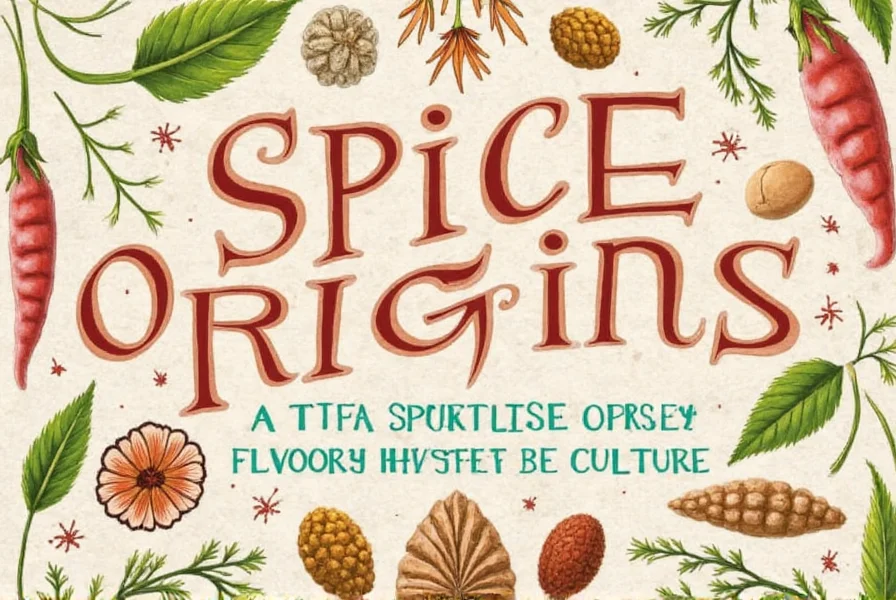
5 Practical Tips for Exploring Different Food Cuisines
Trying out new cuisines is like opening a new chapter in a cookbook—exciting, educational, and sometimes even surprising. Here are five tips to help you dive into the world of different food cuisines with confidence:
- Start with a Signature Dish: Pick one iconic dish from a cuisine you're curious about, like Thai green curry or Italian lasagna. This gives you a clear goal and helps you focus on learning the key spices and techniques. For example, to master Thai cuisine, begin with Tom Yum Soup to understand the balance of sweet, sour, salty, and spicy flavors.
- Invest in a Few Key Spices: You don't need every spice in the world to get started. Focus on a few essential ones that define a particular cuisine, such as cumin for Mexican, za'atar for Middle Eastern, or gochujang for Korean. Professional chefs recommend buying whole spices and grinding them fresh for maximum flavor.
- Use Online Resources: YouTube tutorials, cooking blogs, and recipe apps are great tools for learning how to cook dishes from different cultures. Look for content created by chefs or home cooks who specialize in a specific cuisine. For authentic results, prioritize resources from chefs trained in the cuisine you're exploring.
- Pair Spices with Ingredients: Spices work best when paired with complementary ingredients. For example, cardamom pairs beautifully with milk and nuts in Indian desserts, while chili powder adds depth to grilled meats in South American dishes. Remember that spice ratios matter: in Indian cooking, turmeric should typically be used at 1-2% of total weight for optimal color and flavor.
- Experiment and Adjust: Don't be afraid to tweak recipes to suit your taste. Some spices might be stronger than you expect, so start small and build up gradually. A professional technique is to add spices in stages—bloom whole spices in oil first, then add ground spices later for layered flavor development.
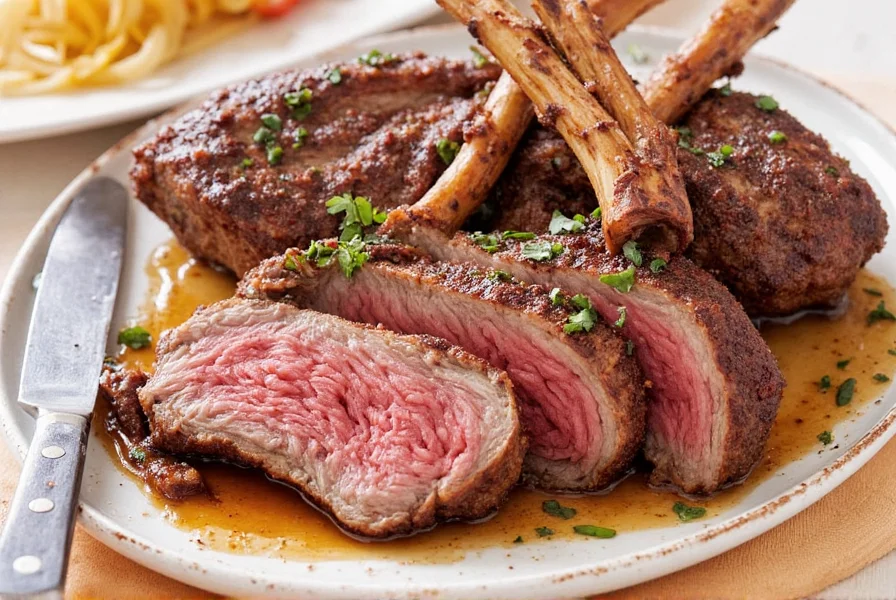
| Cuisine | Key Spices | Flavor Profile | Signature Dishes |
|---|---|---|---|
| Indian | Cumin, Turmeric, Cardamom, Garam Masala | Rich, aromatic, and layered | Butter Chicken, Biryani, Chana Masala |
| Mexican | Cumin, Chili Powder, Oregano, Paprika | Smoky, spicy, and earthy | Tacos, Enchiladas, Tamales |
| Italian | Oregano, Basil, Rosemary, Garlic | Herbal, fresh, and comforting | Pizza, Risotto, Pasta Carbonara |
| Thai | Galangal, Lemongrass, Kaffir Lime, Fish Sauce | Sweet, sour, salty, and spicy | Green Curry, Pad Thai, Tom Yum Soup |
| Middle Eastern | Za'atar, Sumac, Cumin, Saffron | Earthy, tangy, and fragrant | Kibbeh, Shawarma, Hummus |
This table highlights the distinct characteristics of each cuisine, showing how their use of spices contributes to their signature flavors. By understanding these differences, you can make more informed choices when experimenting in your own kitchen.
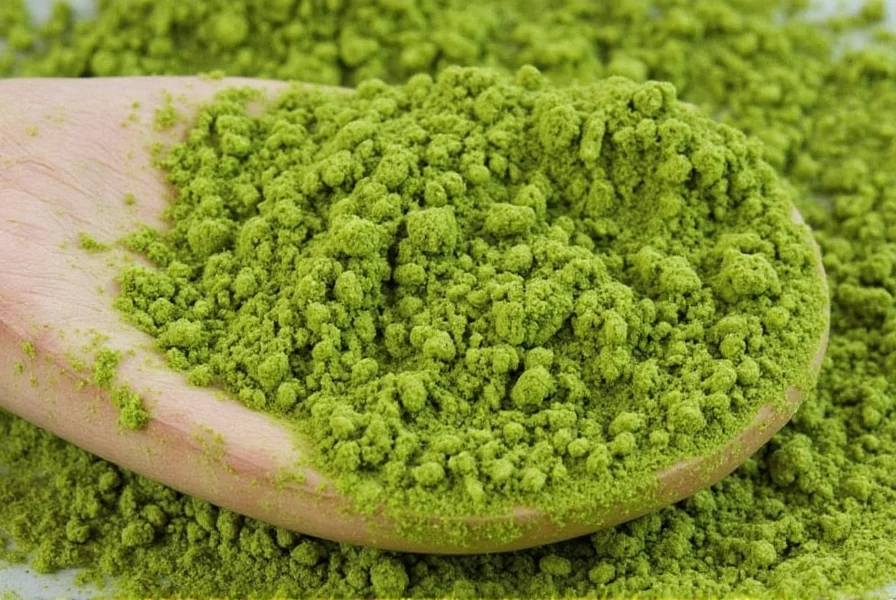
Buying Guide: Essential Spices and Tools
If you're ready to explore different food cuisines, having the right spices and tools is essential. Here's a guide to help you choose the best options for your culinary journey:
Essential Spices for Global Cuisines
- Cumin – Found in Mexican, Indian, and Middle Eastern dishes. Great for roasting vegetables, making stews, or adding depth to rice. For authentic flavor, buy whole cumin seeds and grind them fresh. Professional chefs recommend storing in dark glass containers away from light.
- Garlic Powder – A versatile seasoning used in Italian, Asian, and Mediterranean recipes. Ideal for seasoning meats, soups, and sauces. Note: Fresh garlic is superior, but garlic powder works well when fresh isn't available. Look for pure garlic powder without anti-caking agents.
- Chili Flakes – Perfect for adding heat to American, Mexican, and Italian dishes. Use in pizza toppings, pasta sauces, or as a finishing touch. For authentic Mexican flavor, use dried arbol chilies instead of generic chili flakes.
- Saffron – Used in Spanish paella, Indian biryani, and Persian stews. Known for its vibrant color and delicate aroma. Always buy saffron threads (not powder) from reputable sources. A little goes a long way—10-15 threads per serving is sufficient.
- Coriander – Common in Indian, Middle Eastern, and North African cuisine. Adds a citrusy note to curries, chutneys, and marinades. For best results, toast whole coriander seeds before grinding to release their full flavor.
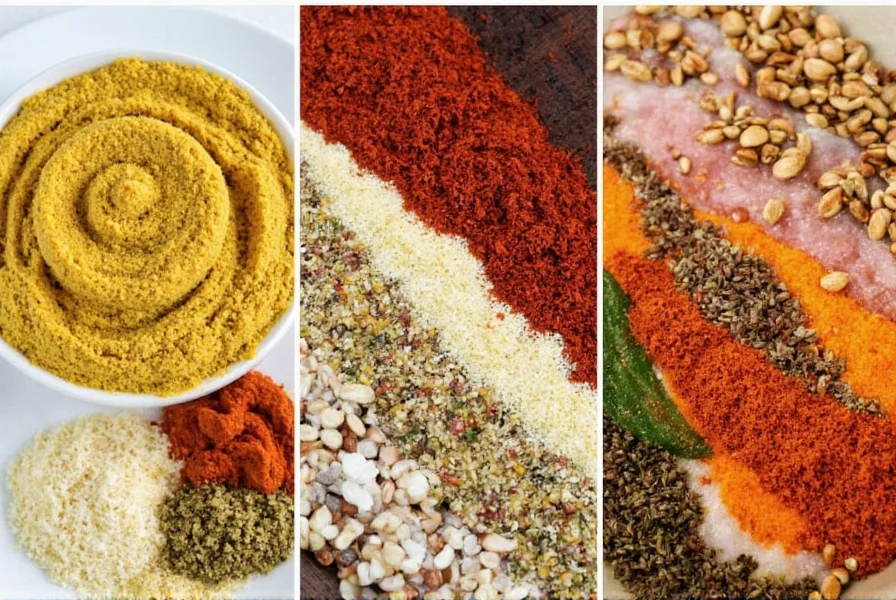
Recommended Cooking Tools
- Spice Grinder – A must-have for grinding whole spices into powder. Ideal for making custom spice blends. Professional chefs recommend a dedicated burr grinder for consistent results.
- Measuring Spoons – Ensures accurate spice amounts, especially important when working with strong flavors. For precision, use a set with 1/8 tsp increments.
- Multi-Cooker – A versatile appliance for slow-cooking stews, braising meats, or making soups from different cuisines. Look for models with specific settings for Indian curries or Thai soups.
- Wooden Spoon – Perfect for stirring and scraping the bottom of pots, especially useful in thick sauces and curries. Choose a spoon with a smooth finish to avoid scratching cookware.
- Thermometer – Helps achieve perfect doneness in meats and baked goods, which is crucial when cooking international dishes. For Thai cooking, a thermometer ensures proper temperature for coconut milk-based dishes.
These tools and spices will help you recreate authentic flavors from around the world. Whether you're preparing a cozy family meal or hosting a dinner party, having the right ingredients and equipment makes all the difference.
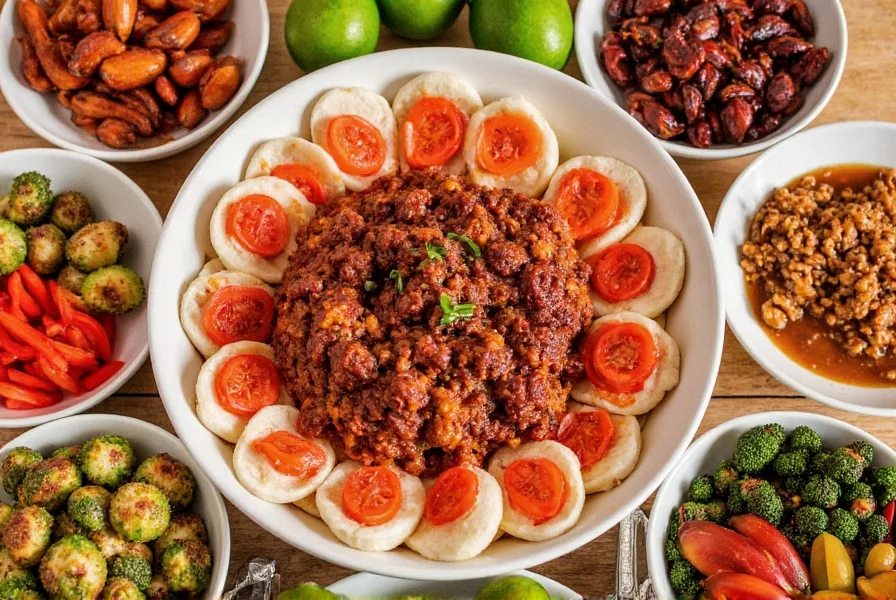
Frequently Asked Questions
How do I start exploring different food cuisines without feeling overwhelmed?
Begin with a single signature dish from one cuisine rather than trying multiple at once. Master foundational recipes like Mexican guacamole or Japanese miso soup before advancing to complex dishes. Build your spice collection gradually—one new spice per month—and always pair new ingredients with familiar cooking techniques to ease the learning curve. Professional chefs recommend starting with cuisines that share ingredients with your existing cooking style for smoother transition.
What are the most versatile spices for global cooking?
Cumin, coriander, and smoked paprika form an excellent foundation as they appear across Indian, Middle Eastern, Mexican, and North African cuisines. Black pepper and garlic powder are universally adaptable. For sweet applications, cinnamon and cardamom work across both savory (Moroccan tagines) and dessert (Indian kheer) contexts. These five spices can cover 80% of global recipes when combined thoughtfully. For maximum versatility, buy whole spices and grind them fresh as needed.
Can I substitute hard-to-find spices in international recipes?
Yes, with smart substitutions. Replace za'atar with oregano-thyme blend plus sesame seeds, use tamarind paste for sumac's tanginess, or mix paprika with a pinch of cayenne as gochugaru alternative. For fresh ingredients like lemongrass, use 1/2 teaspoon lemon zest plus 1/4 teaspoon ginger powder. Always adjust quantities gradually as substitutes often have different potency levels. Professional chefs suggest keeping a "substitution chart" for your most commonly used international ingredients.
How should I store spices to maintain freshness?
Keep spices in airtight containers away from light, heat, and moisture—never above the stove. Whole spices last 2-4 years while ground spices remain potent for 1-2 years. Test freshness by rubbing between fingers: if aroma is weak, it's time to replace. For maximum flavor, buy small quantities from stores with high turnover, and consider freezing rarely used spices like saffron. Professional chefs recommend labeling containers with purchase dates for easy tracking.
What's the difference between similar cuisines like Thai and Vietnamese?
Thai cuisine balances sweet, sour, salty, and spicy with bold ingredients like galangal, kaffir lime, and shrimp paste, often using coconut milk. Vietnamese cooking emphasizes fresh herbs (mint, cilantro), lighter fish sauce dressings, and minimal heat. While Thai green curry is rich and creamy, Vietnamese pho relies on star anise and cinnamon for subtle warmth. Both use rice noodles but with distinct preparation methods. Professional chefs note that Thai dishes typically have more complex spice blends while Vietnamese focuses on fresh, clean flavors.
How can I adjust spice levels for different palates when cooking international dishes?
Always add heat-building spices (chilies, pepper flakes) incrementally during cooking, tasting as you go. Serve fiery dishes with cooling accompaniments like yogurt or coconut rice. For family meals, prepare base sauces without heat and let individuals add chili oil at the table. Remember that spice perception varies—what seems mild to you might overwhelm others, so communicate preferences clearly when sharing global dishes. Professional chefs recommend keeping a "heat scale" for each dish to guide adjustments.
Conclusion
Exploring different food cuisines is an exciting way to expand your palate and connect with cultures through food. By understanding how spices are used in various traditions, you can unlock new flavors and cooking techniques that elevate your meals. Whether you're a casual cook or a serious foodie, there's always something new to learn and try.
So, grab your favorite spices, follow a few recipes, and let your taste buds travel the world. With a little curiosity and a lot of passion, you'll soon discover the joy of cooking with global flavors. After all, the world is full of delicious surprises—and they all start with a single spice.
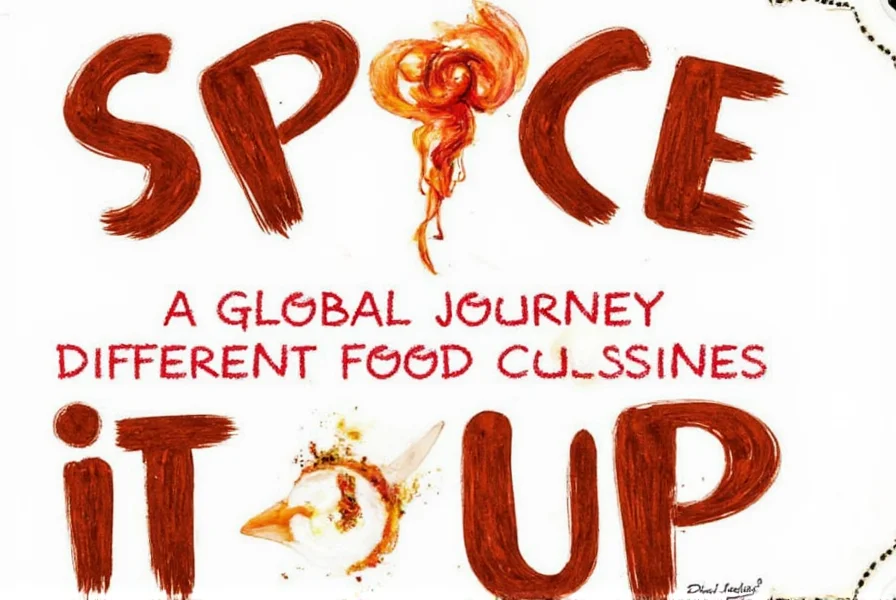

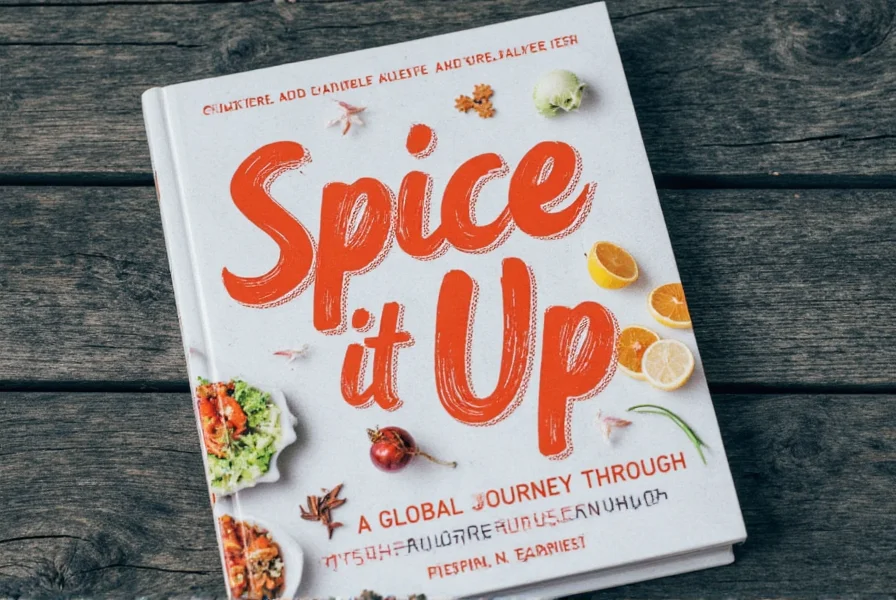









 浙公网安备
33010002000092号
浙公网安备
33010002000092号 浙B2-20120091-4
浙B2-20120091-4